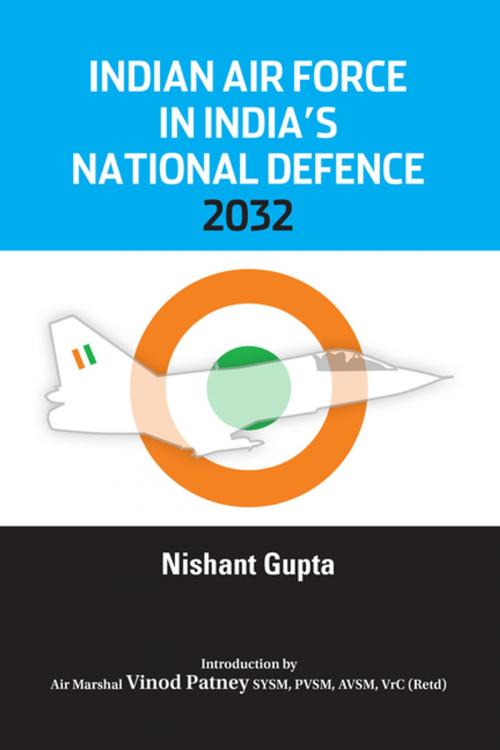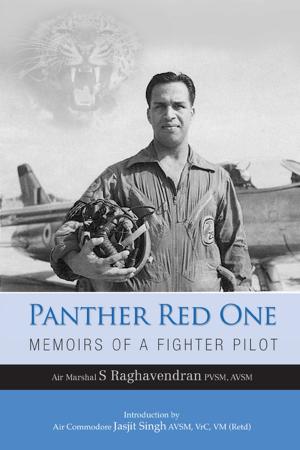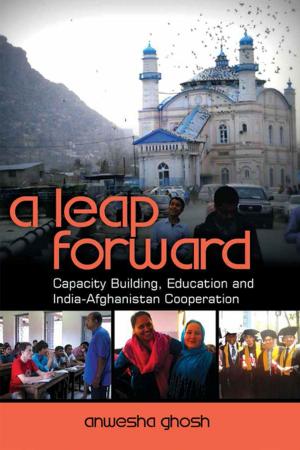| Author: | Wing Commander Nishant Gupta | ISBN: | 9789385714375 |
| Publisher: | KW Publishers | Publication: | June 15, 2014 |
| Imprint: | KW Publishers | Language: | English |
| Author: | Wing Commander Nishant Gupta |
| ISBN: | 9789385714375 |
| Publisher: | KW Publishers |
| Publication: | June 15, 2014 |
| Imprint: | KW Publishers |
| Language: | English |
The Indian Air Force (IAF), from a humble beginning in 1932 with four Wapiti aircraft, six Indian officers and 22 hawai sepoys, has traversed a long journey and crossed noteworthy milestones to become the fourth largest air force in the world. In the past 81 years, while facing several limitations/challenges, the IAF has met all the national defence requirements, and made several strategic contributions. The 1948 Kashmir airlift, Tangail paradrop, heli-bridging in East Pakistan and many other achievements are historic examples of its sterling performance. The only war independent India has lost was the one in which the IAF was not employed in a combat role. With growing economic interests and national aspirations, expanding interests well beyond our territorial boundaries and prevailing internal security challenges, India’s national defence requirements are also increasing. Reliance of sovereign nation-states on aerospace power is essentially growing. The first Gulf War was a monumental turning point in the war-time employment of aerospace power. Ever since, the significance of aerospace power in war, crisis and peace-time has been gaining ascendency. Kosovo and Libya are the two pertinent examples of the allies virtually relying on aerospace power, without committing any soldiers on the ground. Scrutiny of the emerging global and national trends suggests that employment of aerospace assets, as well as the nation’s expectation from the IAF, will continue to rise. Alongside, there is an unplanned fall in flying platforms, weapon systems and pilot strength of the IAF. This study is an attempt to analyse the history of the IAF in war as well as ‘other than war operations’; to appreciate the emerging trends in geopolitics, aerospace technology and doctrine; and to identify the likely challenges the IAF would be facing in the next two decades and beyond. A roadmap for transformation of the national security framework, the indigenous aerospace industry and the IAF has also been suggested.
The Indian Air Force (IAF), from a humble beginning in 1932 with four Wapiti aircraft, six Indian officers and 22 hawai sepoys, has traversed a long journey and crossed noteworthy milestones to become the fourth largest air force in the world. In the past 81 years, while facing several limitations/challenges, the IAF has met all the national defence requirements, and made several strategic contributions. The 1948 Kashmir airlift, Tangail paradrop, heli-bridging in East Pakistan and many other achievements are historic examples of its sterling performance. The only war independent India has lost was the one in which the IAF was not employed in a combat role. With growing economic interests and national aspirations, expanding interests well beyond our territorial boundaries and prevailing internal security challenges, India’s national defence requirements are also increasing. Reliance of sovereign nation-states on aerospace power is essentially growing. The first Gulf War was a monumental turning point in the war-time employment of aerospace power. Ever since, the significance of aerospace power in war, crisis and peace-time has been gaining ascendency. Kosovo and Libya are the two pertinent examples of the allies virtually relying on aerospace power, without committing any soldiers on the ground. Scrutiny of the emerging global and national trends suggests that employment of aerospace assets, as well as the nation’s expectation from the IAF, will continue to rise. Alongside, there is an unplanned fall in flying platforms, weapon systems and pilot strength of the IAF. This study is an attempt to analyse the history of the IAF in war as well as ‘other than war operations’; to appreciate the emerging trends in geopolitics, aerospace technology and doctrine; and to identify the likely challenges the IAF would be facing in the next two decades and beyond. A roadmap for transformation of the national security framework, the indigenous aerospace industry and the IAF has also been suggested.















